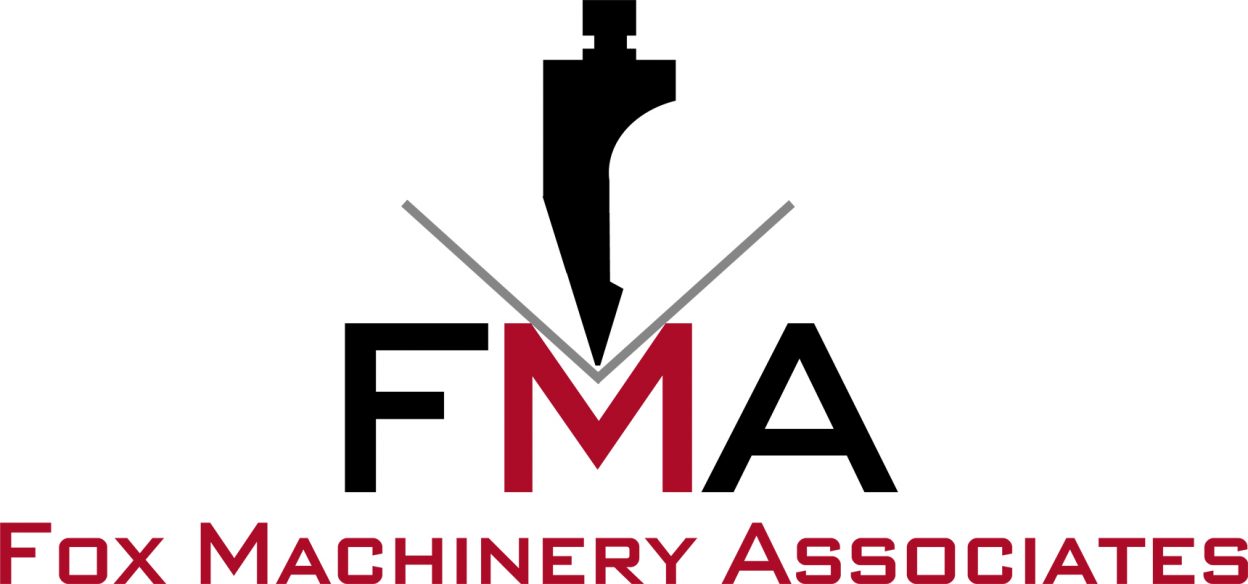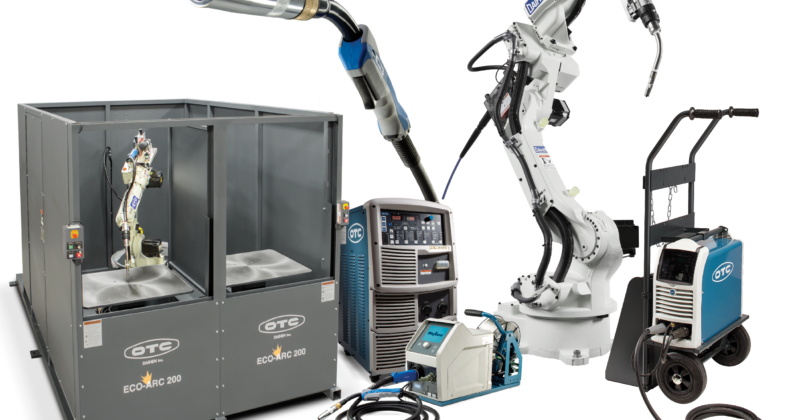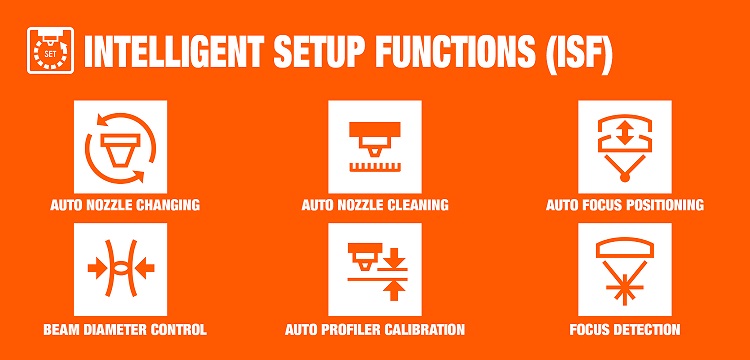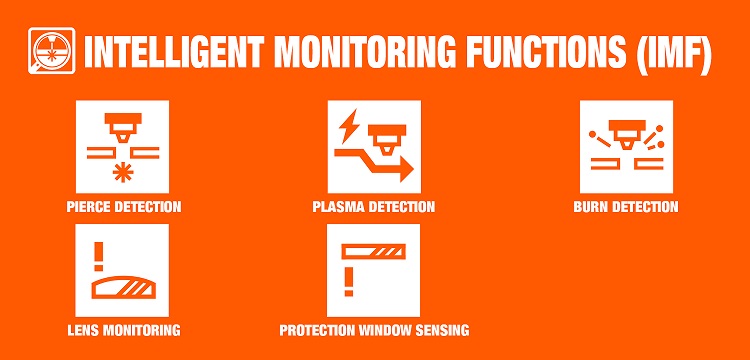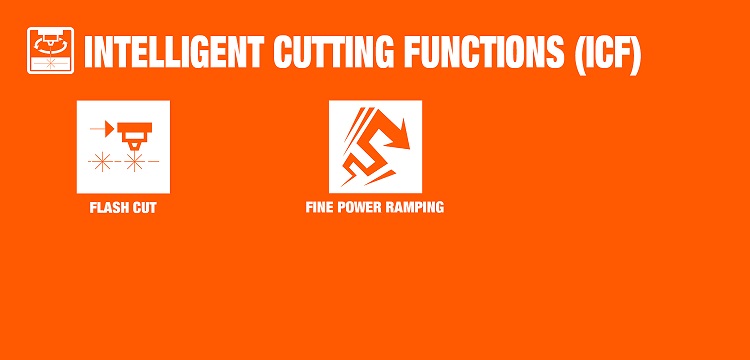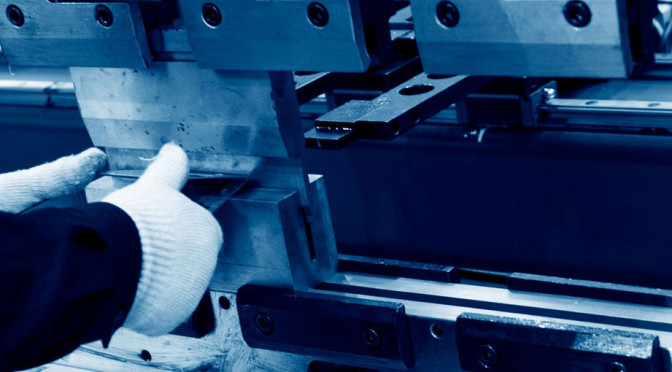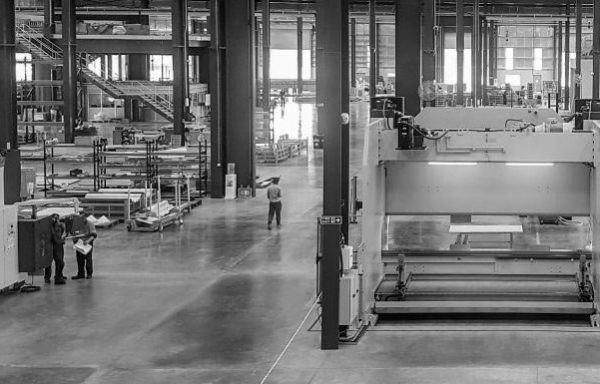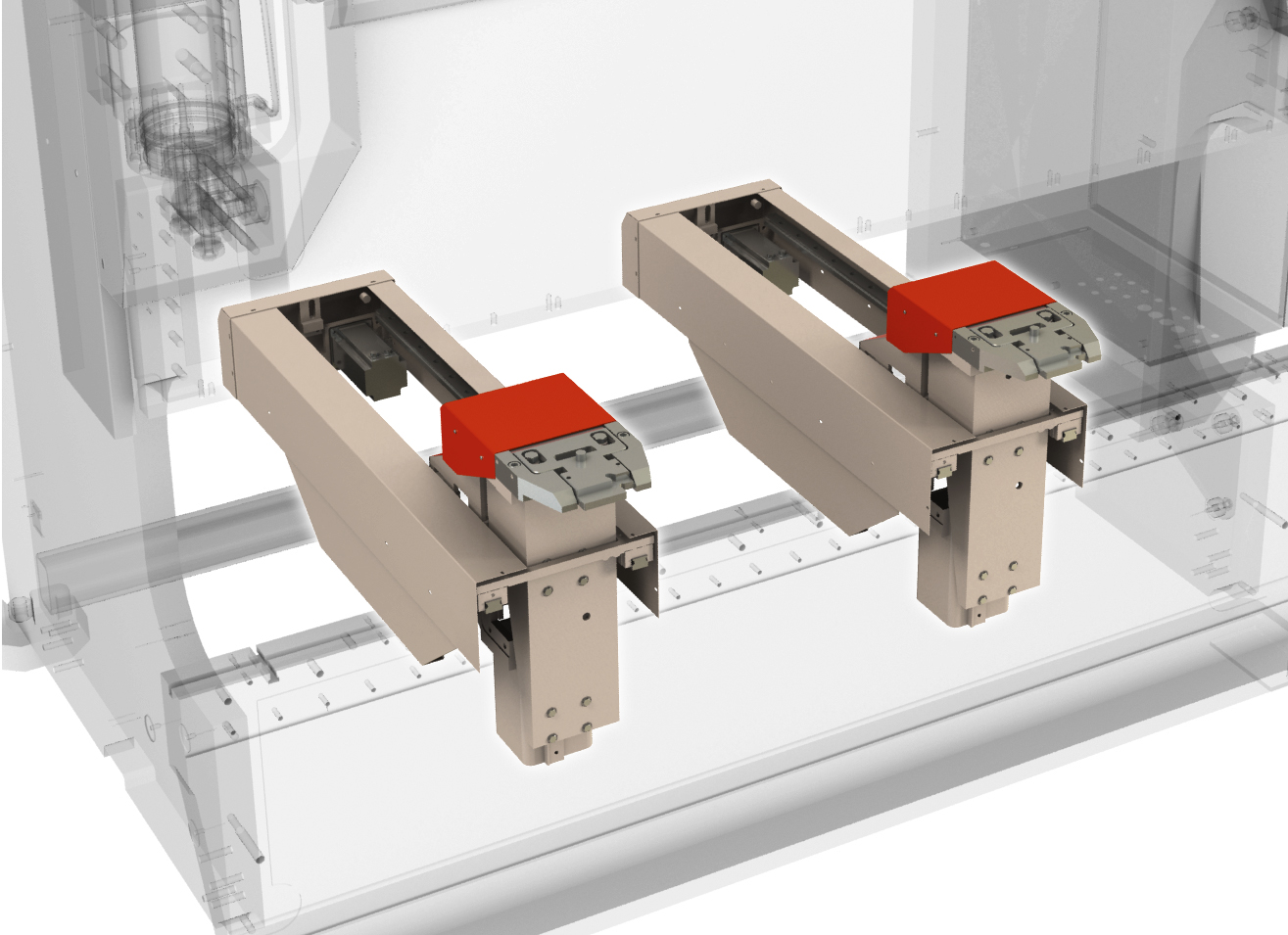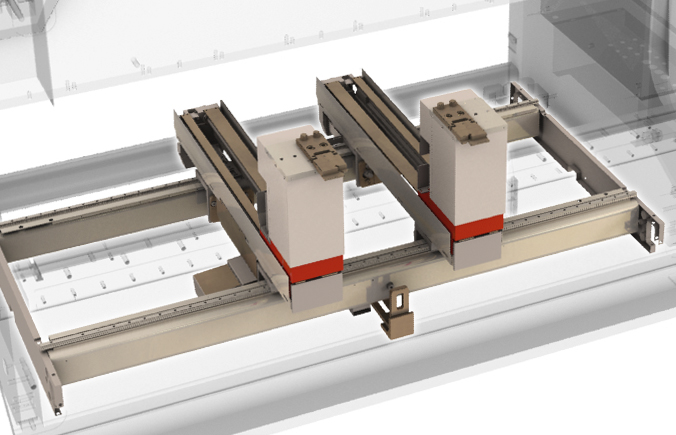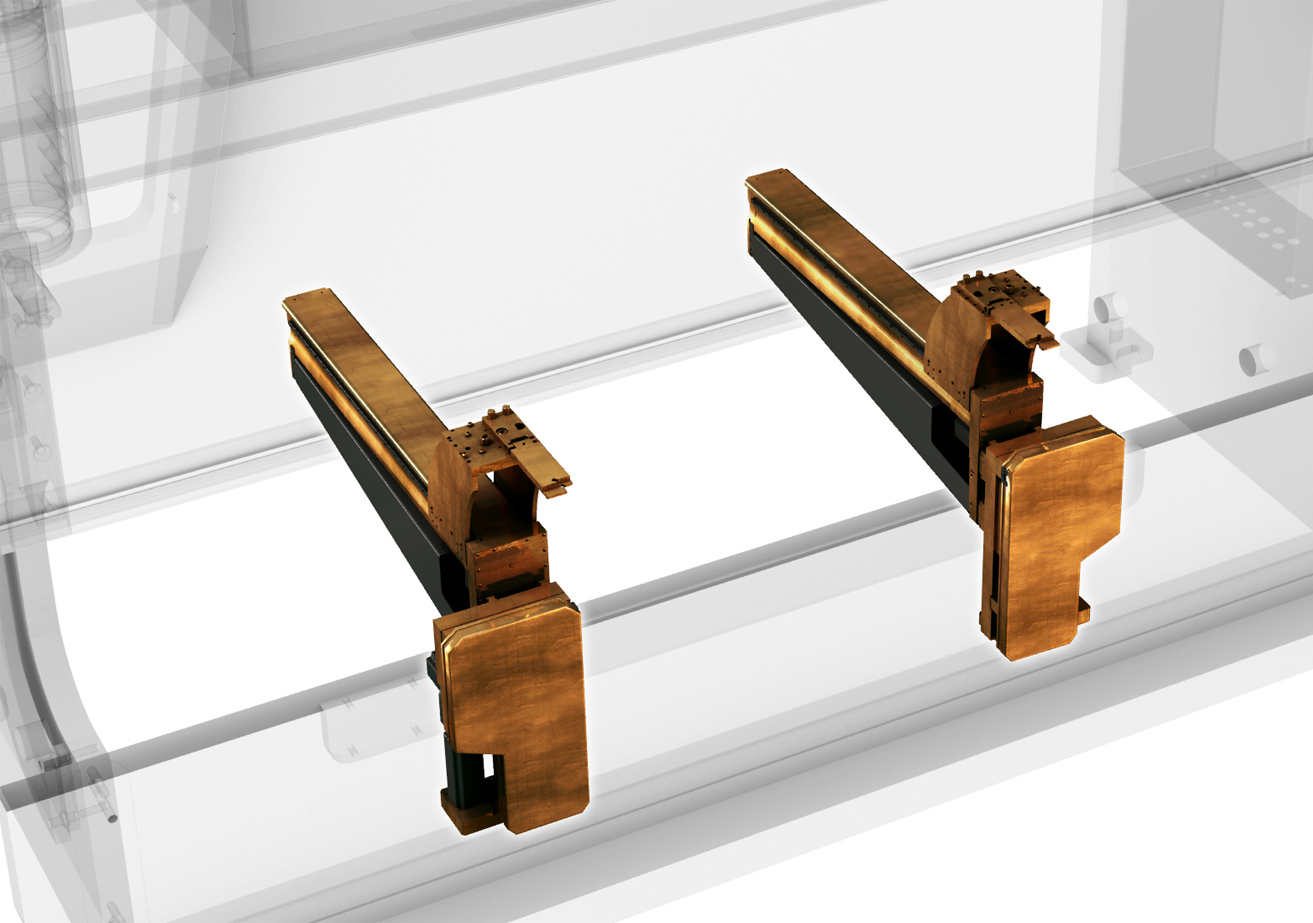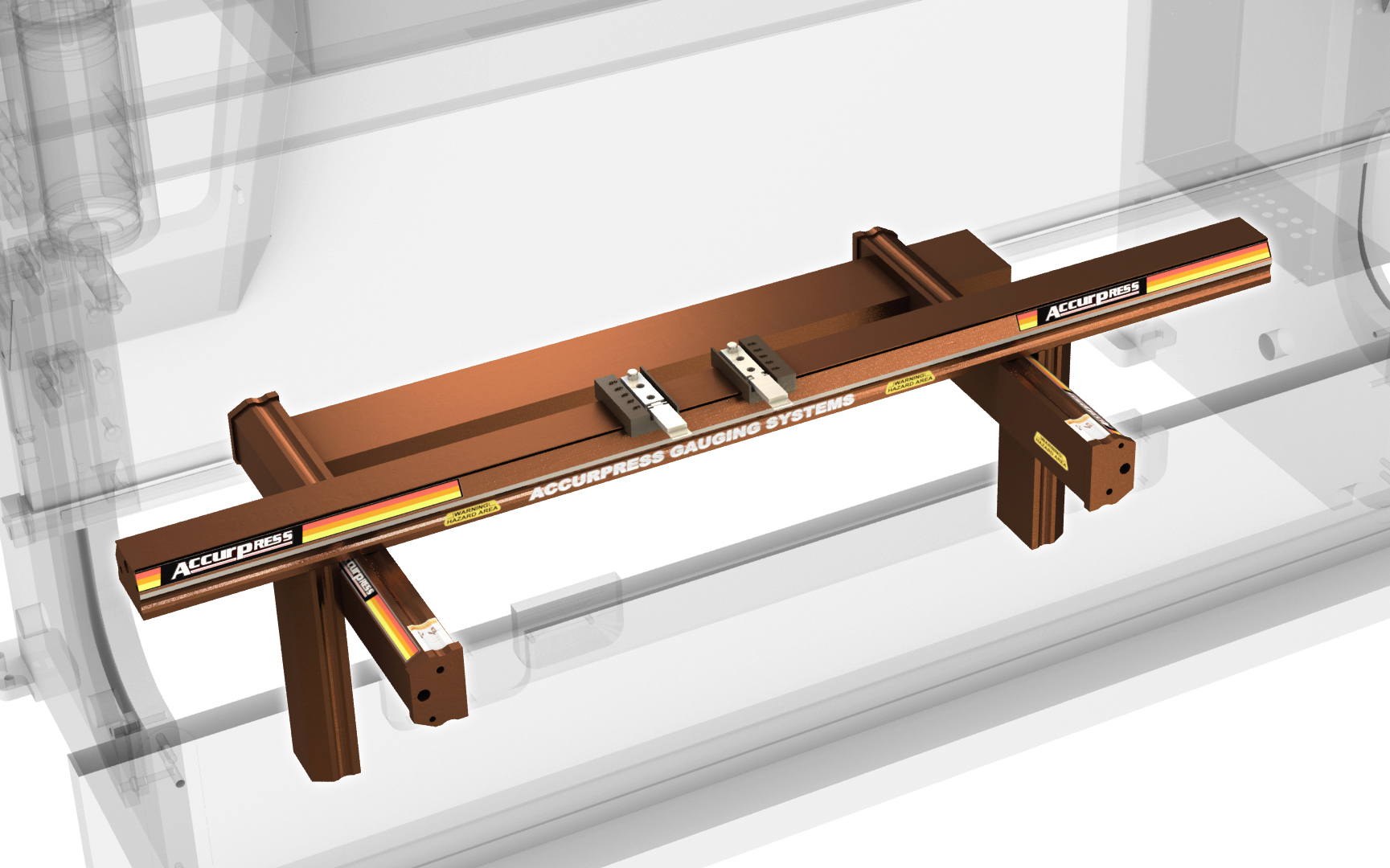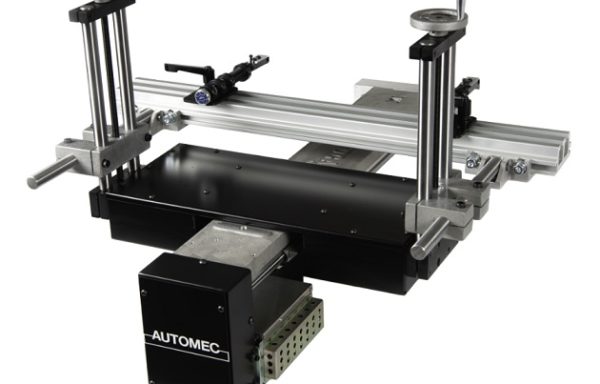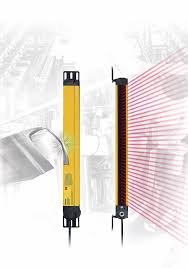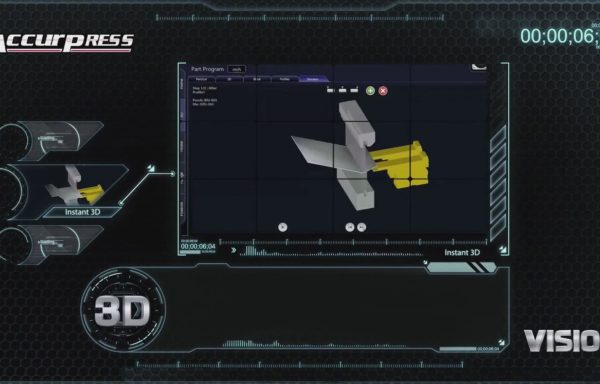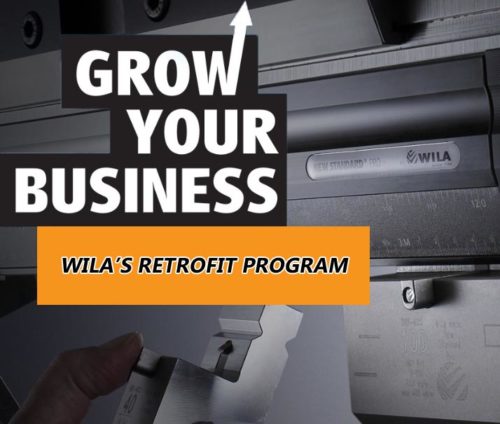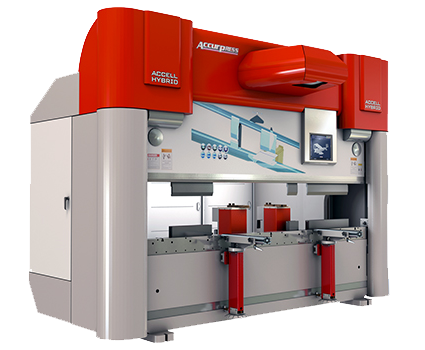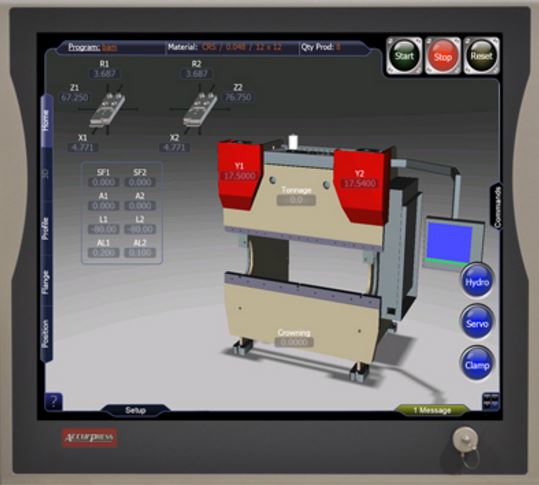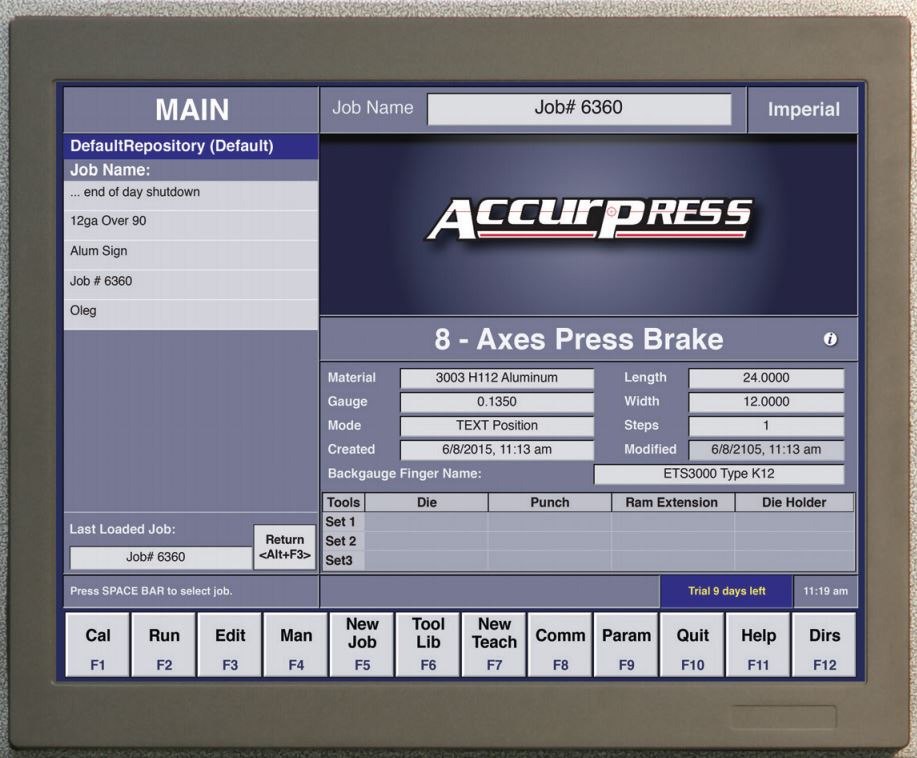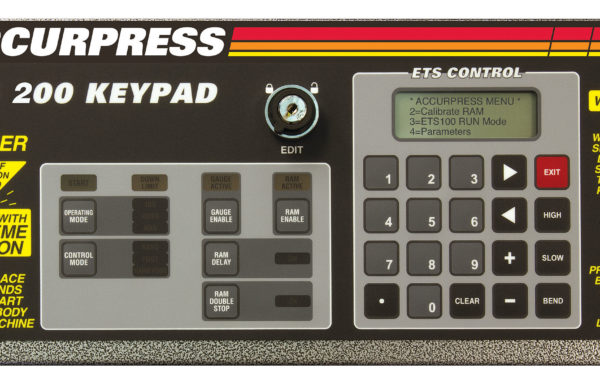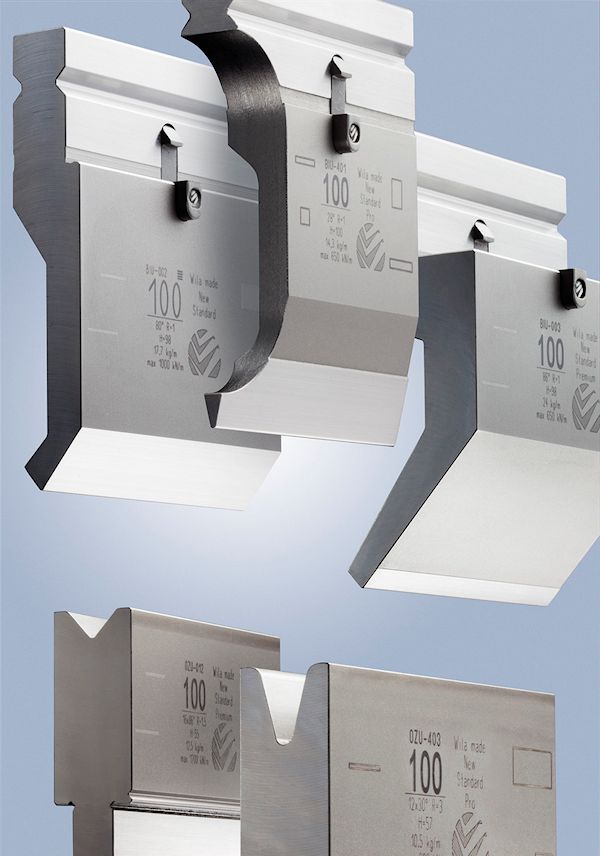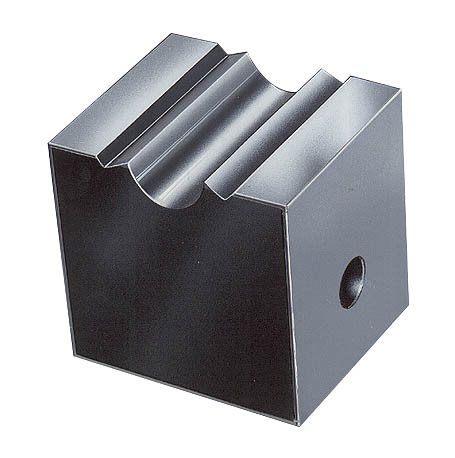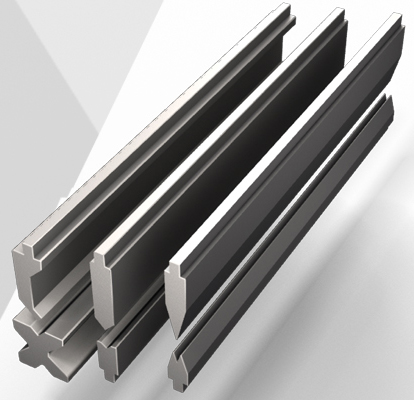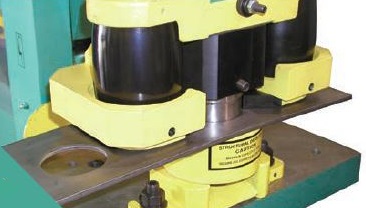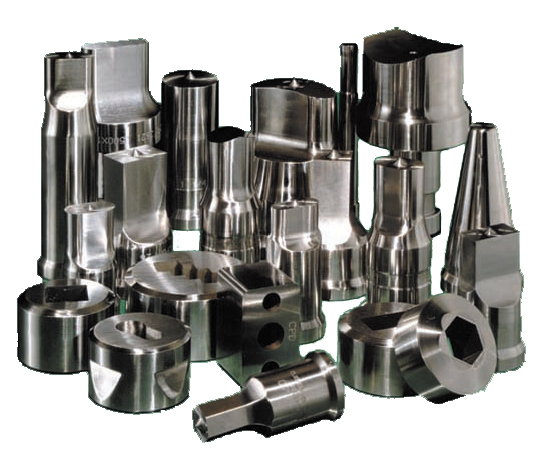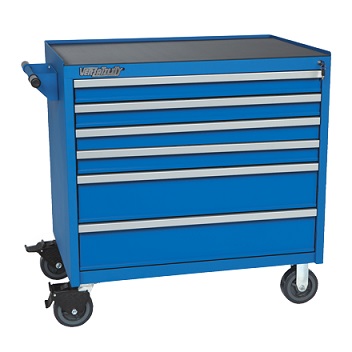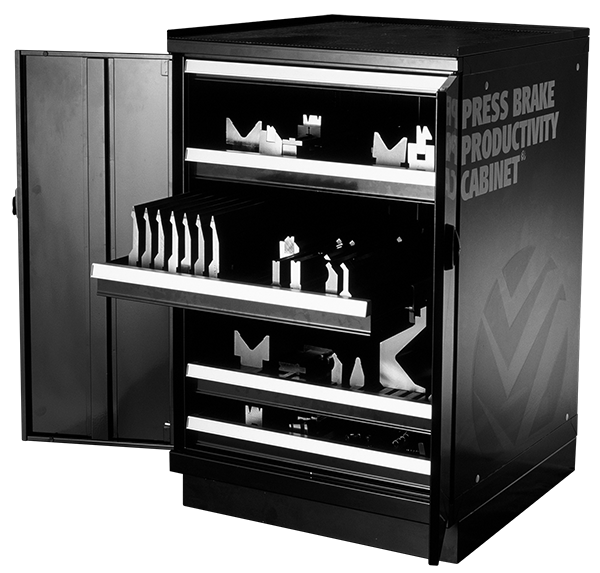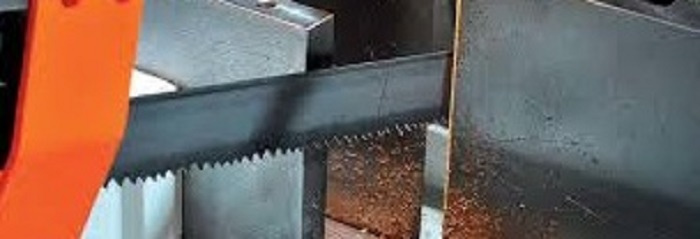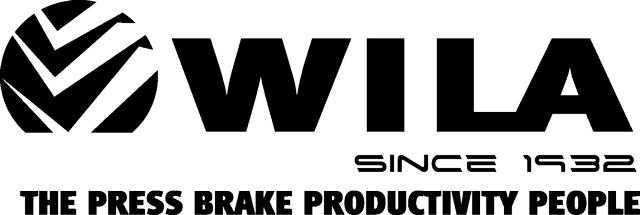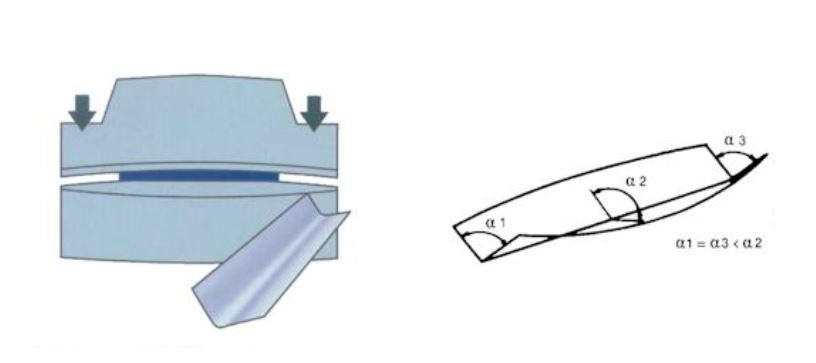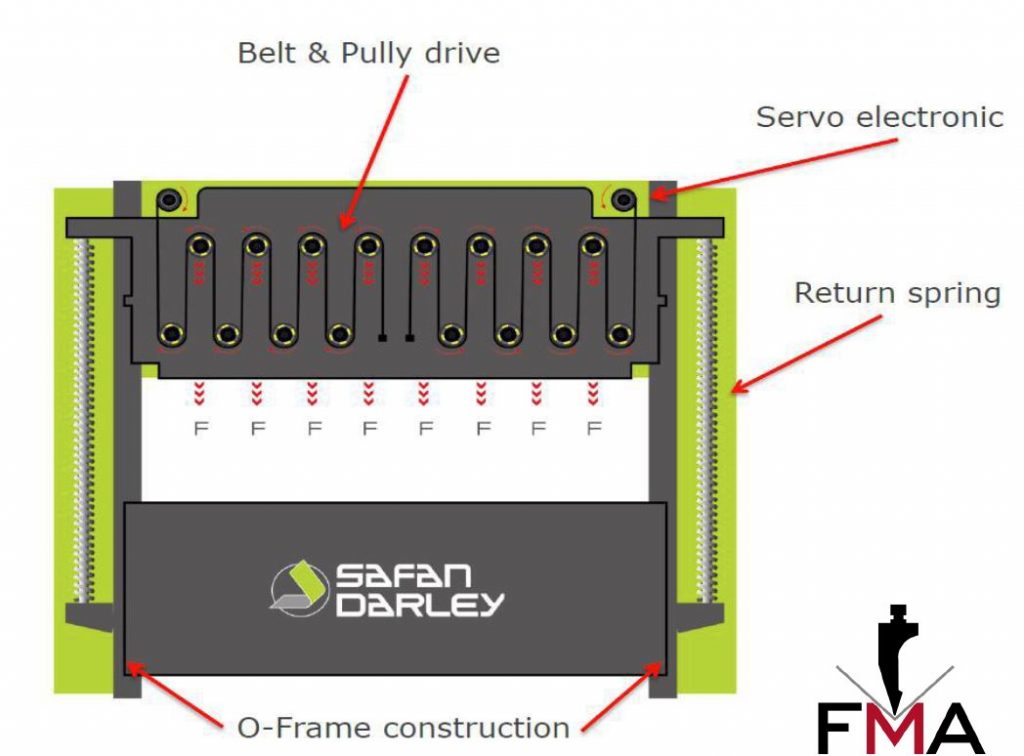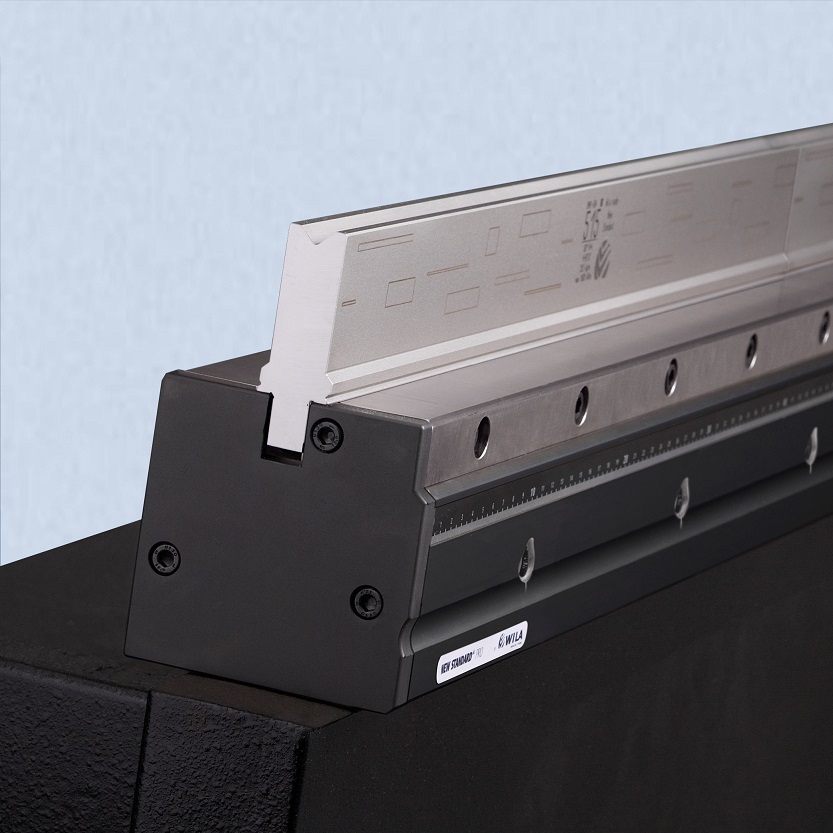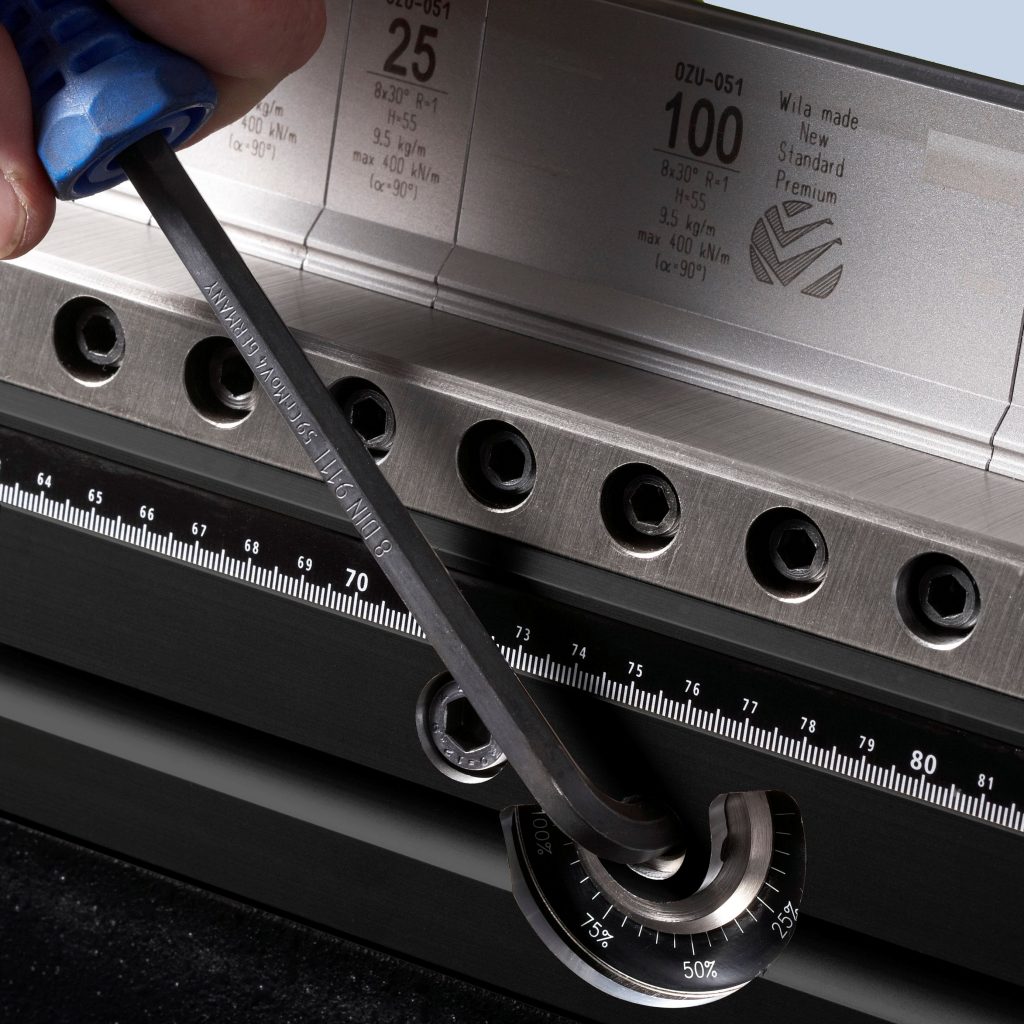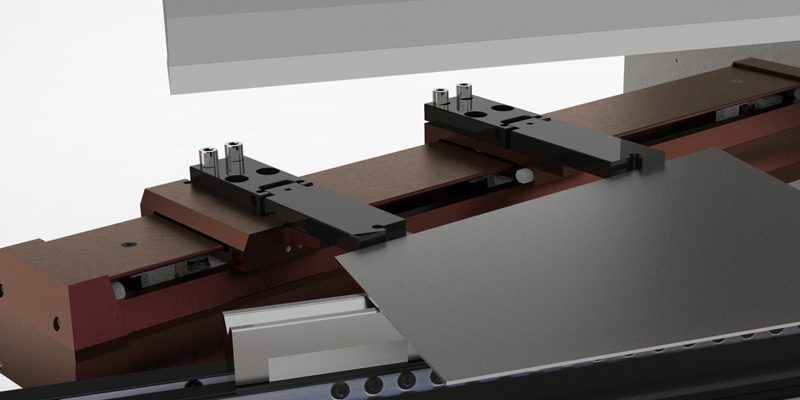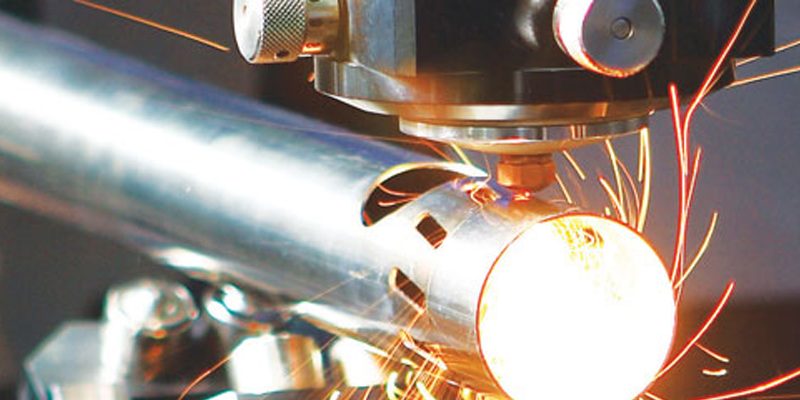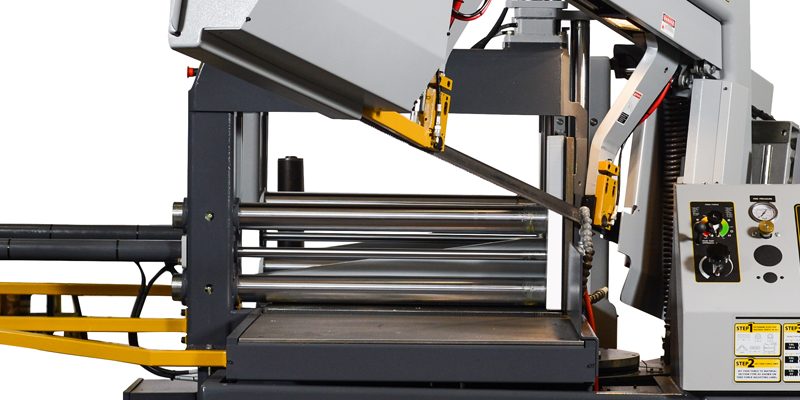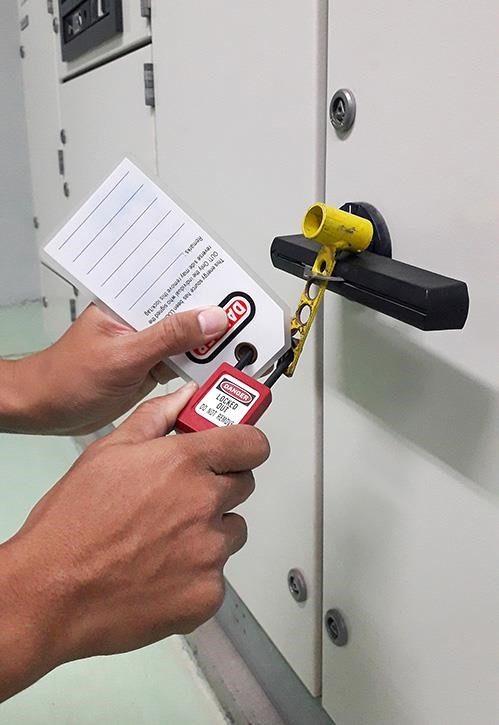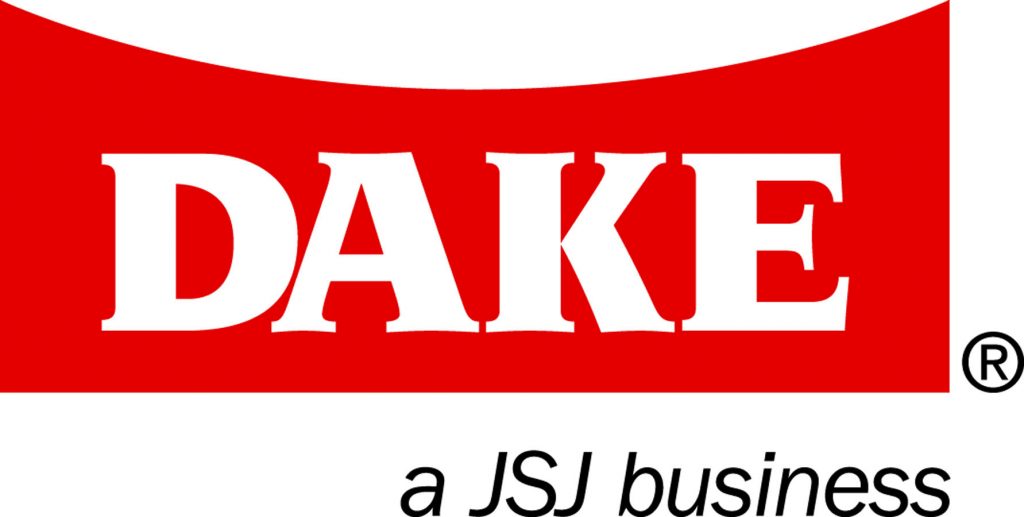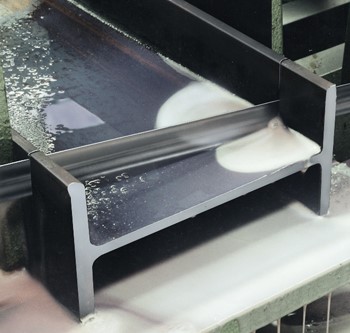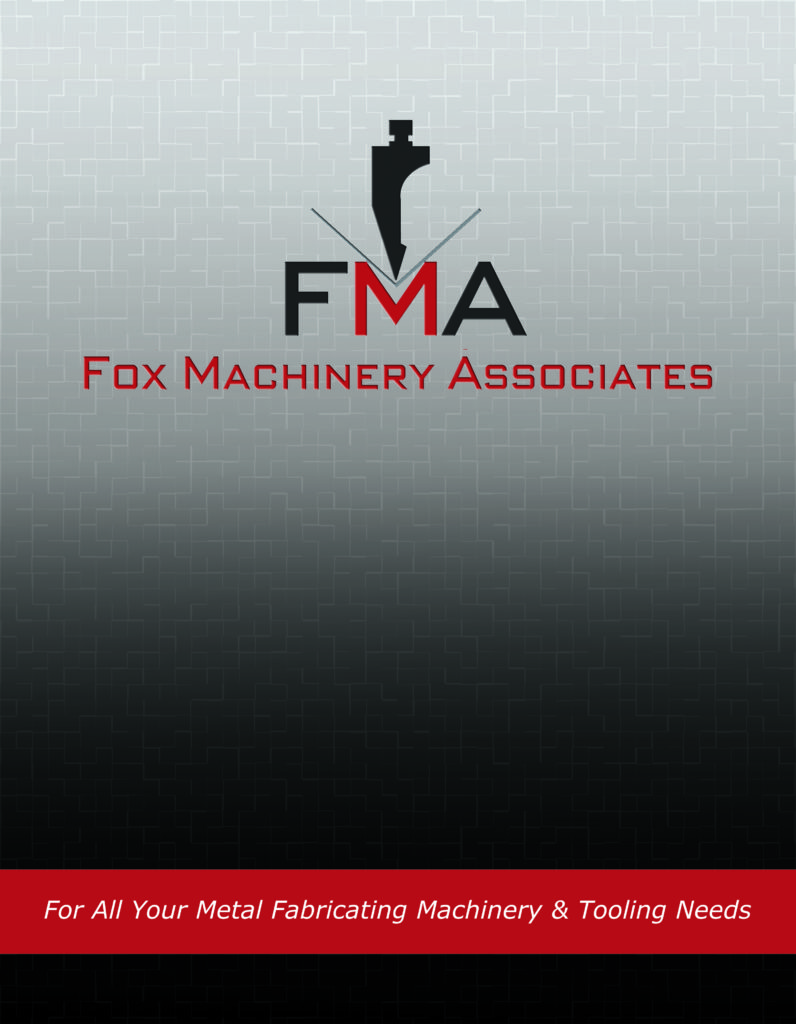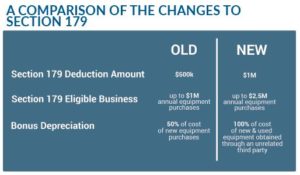Contributed by the experts at OTC Daihen
When you’re running a production facility, it can be hard to know when it’s the right time to invest in robotic welding automation for your assembly line.
The questions can add up: When is the right time to make the switch? Can I justify the cost? How much downtime will be involved? Will the quality be a concern?
Use the questions and tips in this article to help you determine the right move for your production line.
Signs It’s Time to Buy a Welding Robot
There can be any number of reasons to buy a robotic welding system, but how do you know when you should take the plunge? Here are a few questions to ask about your business:
- Has there been a decrease in available skilled welders in your area?
- Are hourly rates going up because of increased costs of living?
- Are you starting to produce items that would be too difficult for an average welder to reach or weld effectively or safely?
- Are you spending too much time/money training welders and have a high turnover in that job?
- Are you unable to take on the jobs you really want because of limited production capacity?
All of these are signs that you may be a good candidate to automate your line or potions of your line with robotic welding.
The Welding Labor Shortage
The dwindling skilled labor pool is one reason that many companies are making the switch to automation. According to Tradesmen International, the shortage of welders is predicted to hit a deficit of 400,000 workers by 2024.
Also, many manufacturers are seeing their most skilled welders retire or approach retirement. In fact, the average age of a welder is 55, with 80 percent of welders over age 35.
“Some welding companies are supporting trade schools and driving kids back into welding, but those things aren’t going to take effect for a decade,” said Chris Sharp, Regional Sales Manager for OTC DAIHEN. “It’s going to get worse before it gets better.”
How Much Does a Welding Robot Cost?
This is always a top question, and the answer is: it just depends. Robotic welding systems can range from around $40k to $250,000k+, depending on the model, features, and production levels. There is a wide price range because there truly are robotic welding solutions to fit every size and budget.
No company is too big or too small to look at investing in a robotic welding solution. The questions to ask are: Do you have a problem with labor or quality? Are you trying to increase your throughput? Are you trying to be more competitive in the marketplace? Are you looking to reduce manufacturing costs?
Robotic welding has a proven ROI as it helps manufacturers overcome the labor shortage, demands for faster production and a need for more capacity or advanced skills to fit complex new jobs on the line.
How Can I Justify the Cost of Automation?
Even once you feel it’s time for your company to try robotic automation, the perceived cost may hold you back. However, instead of making a decision based entirely on the sticker price of that shiny new piece of equipment, it’s more important to understand the ROI of robotic welding.
By far, labor is the biggest cost for manufacturing companies. If the average welder wage is $25 an hour, and you add in benefits, that’s costing you about $50 per hour. Combine that with the inefficiency and inconsistency inherent in human work and the costs quickly add up.
“Most frequently, we see a robot pay for itself in labor savings costs in about 24 months,” said Sharp. “As soon as they pay off the robot, it’s just windfall. And that’s where the savings kick in.”
A smart way to help pay off that robot cost quickly is to amortize it across costs for your next job. For example, depending on the cost of a part, you might add $10 per part to your proposal. Spread over hundreds or thousands of parts, that can quickly help you realize a return on your investment.
More Ways to Justify a Robot Purchase
Knowing when to buy a welding robot for your assembly line is important to keep your business operating successfully and economically. Justifying the purchase to other departments or executives is just as important.
A discussion with you Sales Engineer is a great place to start. You will gain an understanding of what you can expect to invest and what the return will be compared to your current method.
